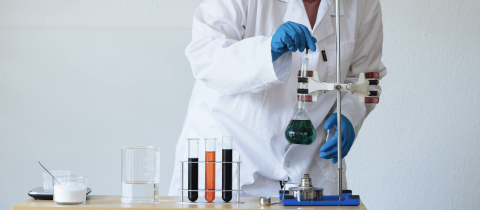Some companies have benefitted from COVID-19. Like those that manufacture plexiglass. Banks, stores, automobile dealers all feature plexiglass panels to reduce the chance of viral transmission. The prevalence of this rather remarkable plastic conjures up memories for me of my first trip to New York in 1964. A couple of buddies and I decided we had to see the World’s Fair. When we finally made it to Flushing Meadows, we had to decide what to see first. The longest line was in front of, all things, the Vatican pavilion. We joined it. All these people, we figured, must know something. They did. Michelangelo’s magnificent Pieta was the pavilion’s centrepiece. For the first time in five hundred years, the Church had agreed to display it outside of Saint Peter’s Basilica on condition that elaborate safety measures were taken. Such as placing the statue behind plexiglass panels.
Viewing this glorious work of art through plastic did not sit well with the art critics. “A feeling of violation,” the New York Times’ critic said, the plastic made La Pieta look “helpless and cold.” Strange, that’s not the way I saw it. I marvelled at the existence of a plastic that was virtually invisible, yet so strong that it could withstand bullets. A plastic that could have altered the course of history had President Kennedy, just a year before, not refused to ride in a convertible covered with it on that infamous day in Dallas.
Plexiglas, or polymethyl methacrylate (PMMA), belongs to that class of substances we call polymers. These are long molecules, made up of repeating units (monomers), much in the fashion that a chain is made of many individual links. The “links” in this case are molecules of methyl methacrylate. Dr. Otto Rohm, a German chemist, was the first to find a way of converting the liquid monomer to solid clear sheets of the polymer in the 1920s. He probably would not have managed to do this had he not developed an interest in dog poop.
When Rohm was working for the Municipal Gasworks in Stuttgart in 1904, he would often get annoyed by an unpleasant odour that wafted into his office from a neighbouring tannery. He knew that at the time tanners softened hides by immersing them in pits of fermented dog dung and began to wonder whether there might be an alternative to this distasteful method. The smell was very much like that produced by some of the by-products of his industry, so Rohm thought that a synthetic alternative to canine excrement was worth exploring. Soon he came up with one. “Oropon,” as the synthetic tanning agent was called, became an instant success. Rohm formed a partnership with Otto Haas, a businessman who had emigrated to America from Austria and the two established the Rohm&Haas Company which would turn out to be one of the most successful chemical manufacturing firms in history.
With money rolling in, Dr. Rohm was able to devote time to his real interest, chemical research. He had earned his doctorate in 1901 by submitting a dissertation on the chemistry of acrylics, interesting chemicals that could be made from raw materials isolated from petroleum or natural gas. Now, in the 1920s, Rohm picked up the threads of this research and discovered a way to join together molecules of methyl methacrylate into polymethyl methacrylate. The clear sheets of plexiglass, as the novel substance was named, had obvious commercial appeal. It was transparent, strong and could be heat-moulded into whatever shape was desired. Dr. Rohm was soon sporting the world’s first pair of “glasses”, in which glass lenses had been replaced by acrylic ones.
At the 1937 World’s Fair in Paris, Rohm&Haas was awarded a gold medal for its production of plexiglass. On exhibit was a transparent violin made of the same substance as the panels today that offer protection from the SARS-CoV-2 virus.







